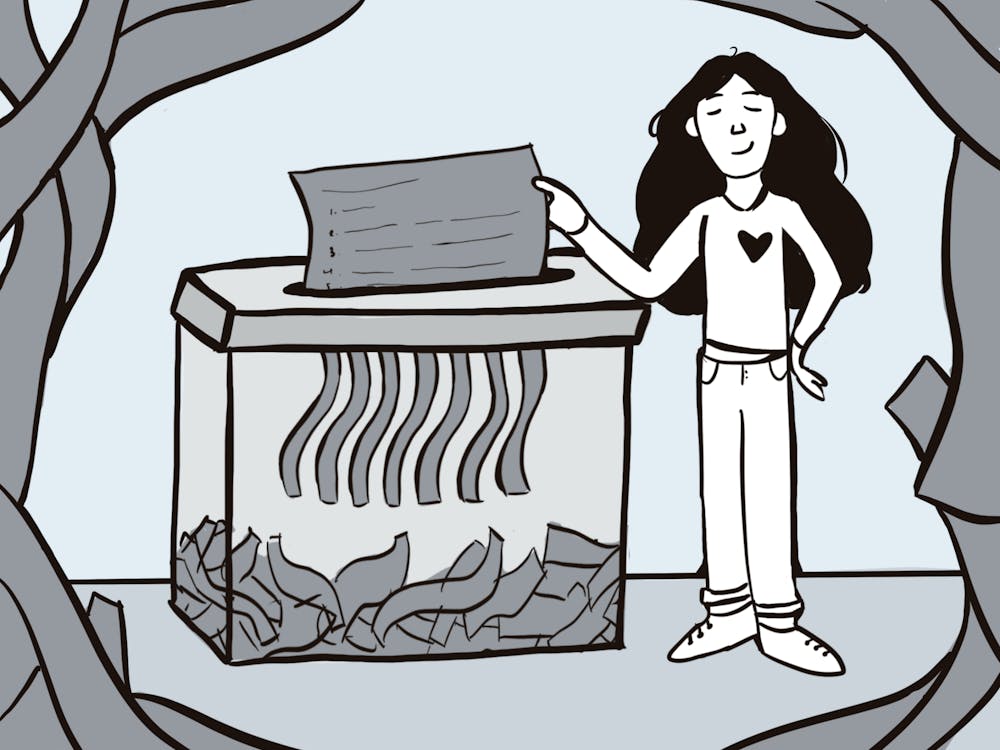
The real impact that the spread of the plant has had is seen in striking photos of kudzu covering trees, telephone poles and abandoned vehicles, transforming the land into a homogenous mass of green; creating a cautionary tale against invasive species.
Pueraria montana is a perennial vine that originated in temperate regions of East Asia, particularly China, Japan and Korea. Its name is derived from the Japanese word kuzu. Kudzu vines are covered in nodes which are capable of sprouting tendrils that wrap around trees (or other objects) and help the plant grow. These nodes can also produce roots when the plant is next to soil, which help keep the vine in place. Kudzu plants also produce fragrant, purple flowers.
It was this beauty that first caught the eye of American citizens when, during the Philadelphia Centennial Exhibition of 1876 in Philadelphia. It was marketed as an ornamental plant, the same way it was used in Japan. However, in the 1930s and 40s, the Soil Conservation Service urged farmers to plant kudzu in order to reduce soil erosion, especially in the South. The vine also increased nitrogen concentration in the soil. More specifically, kudzu, as a legume, has a symbiotic relationship with nitrogen-fixing bacteria. Some were payed up to $8 an acre to cultivate the crop which, although hard to cut and bale, can be used as animal fodder among other things.
A Depression-era institution called the Civilian Conservation Corps helped plant a lot of the vine. However, once the Depression ended and government programs promoting kudzu planting were discontinued, farmers began replacing this crop with other, more profitable items.
For many areas this left no problem. The crop faltered under constant grazing and could be effectively removed by mechanical means. However, in open areas under the temperate Southern climate the vine flourished. Particularly in banks by the side of roads and the area next to train tracks where deep forest has been cut back, kudzu is able to take control. It eats the landscape and covers trees, abandoned vehicles and even homes. It’s estimated by the United States Department of Agriculture that kudzu is capable of growing 60 feet per season, or about a foot per day.
It is this statistic, along with the fact that the vine is notoriously hard to get rid of, that explains the legend surrounding the kudzu plant in the South. James Dickey, a poet from Georgia, wrote the famous poem “Kudzu,” which emphasizes the plant’s relentlessness. The vine has almost become synonymous with the South, with authors such as Toni Morrison using it to help give a sense of place to their novels.
However, although kudzu is dramatic and certainly a concern, it is not nearly as great a threat as other invasive species are to the biodiversity hot spots that are America’s southern temperate forests. The vine, while growing quite well on the open planes next to roadsides and on abandoned farmland, is simply unable to penetrate deep into a forest. It can also be removed simply by grazing cattle on infested land.
Despite this fact, the striking image of a kudzu covered landscape has made the plant into a Southern icon. People have begun weaving baskets with the woody, fibrous stems or cooking with the starchy roots and fragrant flowers. Most importantly, people look at kudzu and are able to clearly understand the impact that an invasive species can have on landscape. With kudzu there is no subtle shift in an ecosystem. Instead trees, grasses and shrubs are all swallowed into a homogenous green mass.






















Please note All comments are eligible for publication in The News-Letter.